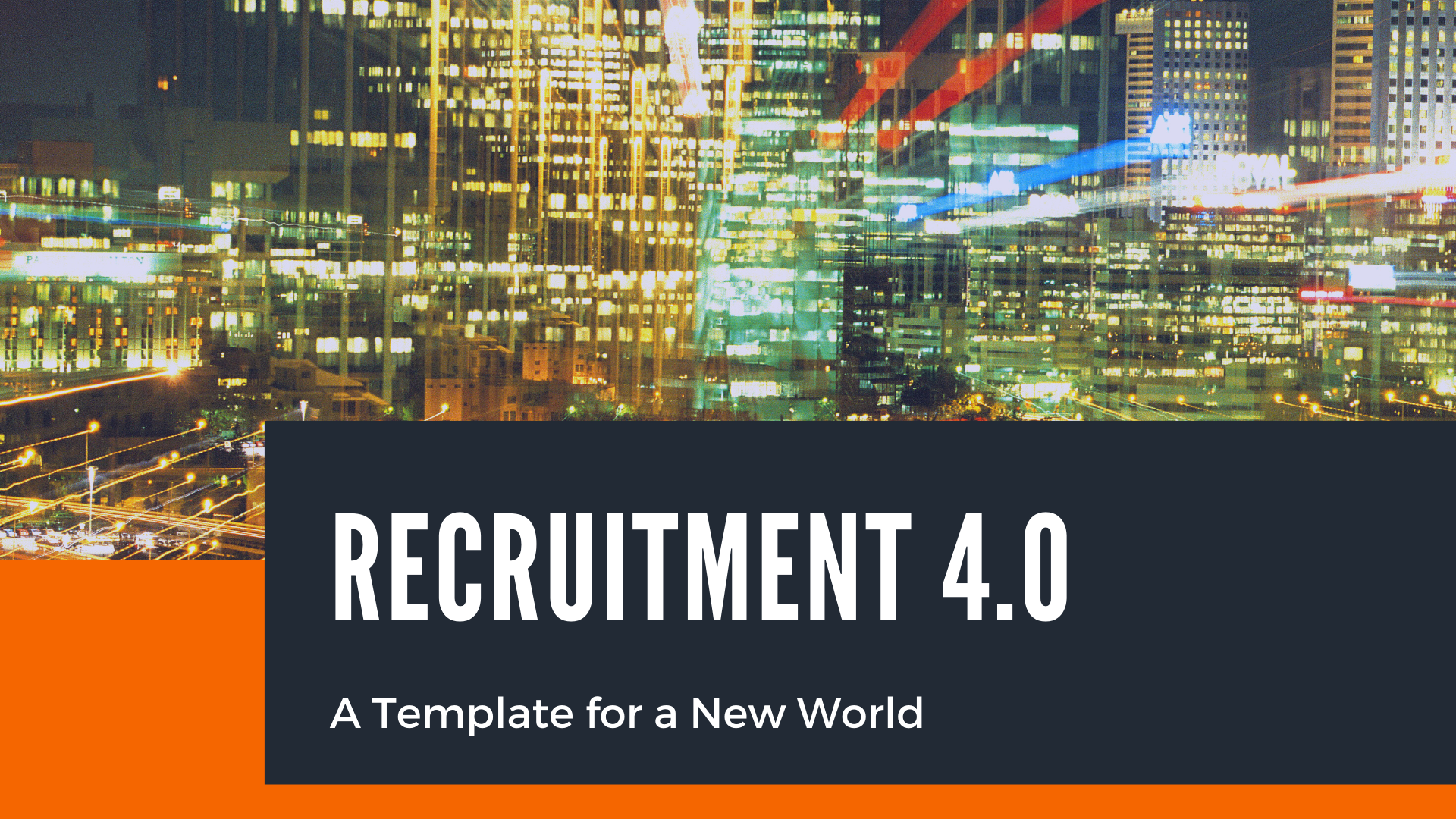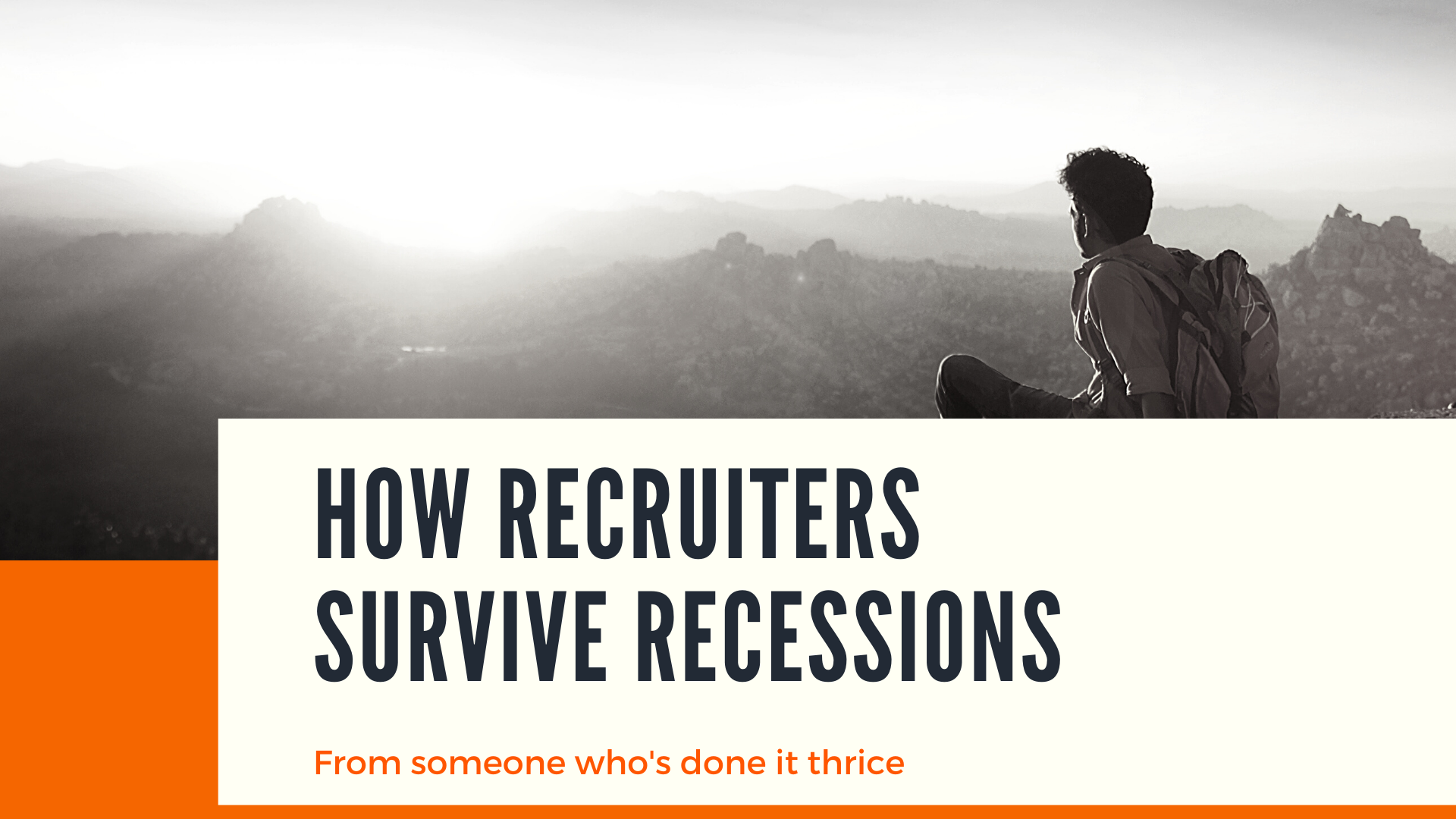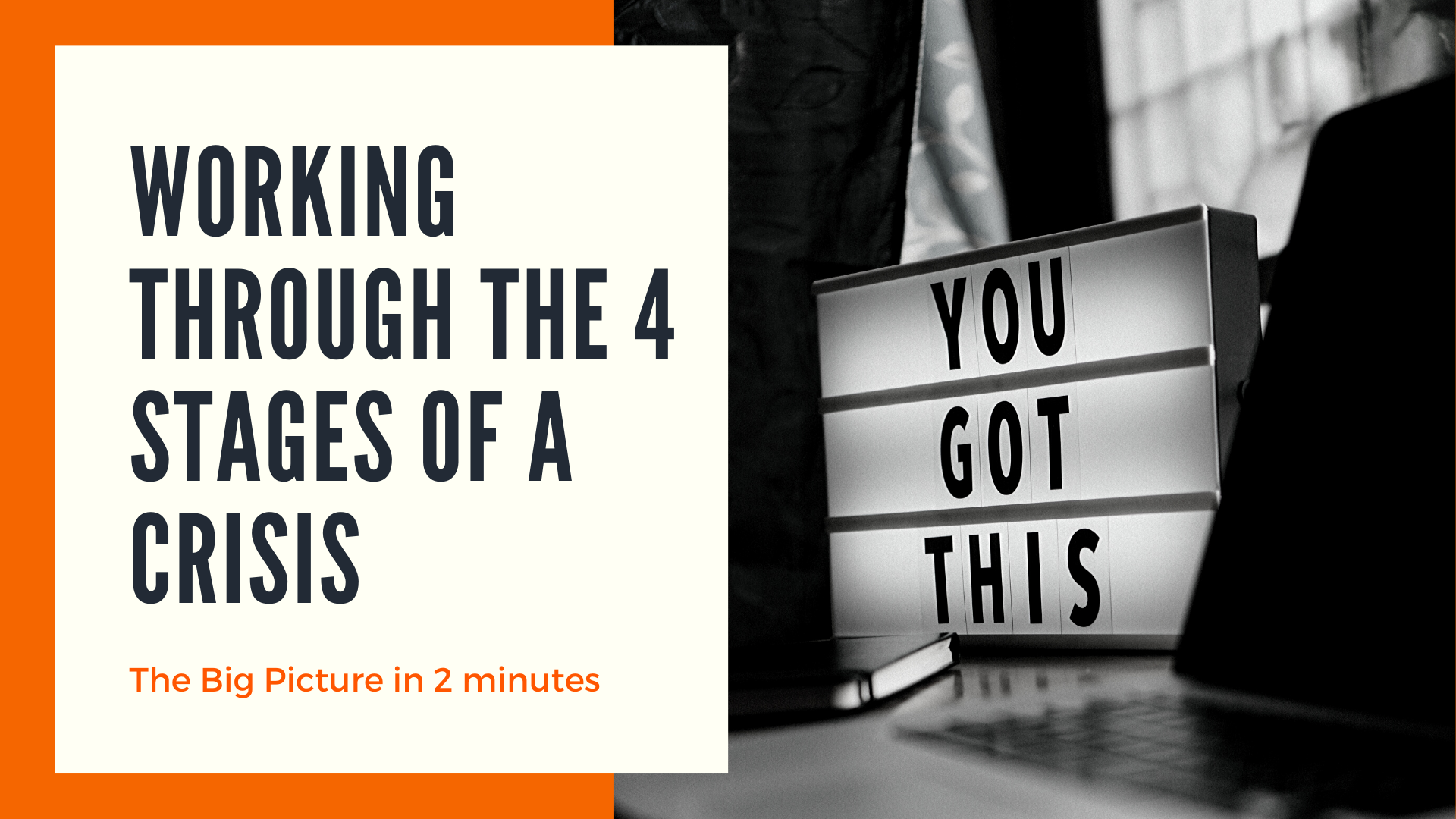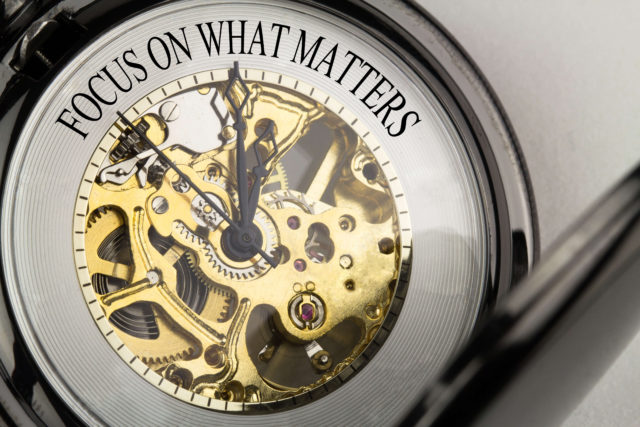The 5 Stages of Sales
When you think about winning high-value clients (which is all I focus on) there are effectively 5 stages you go through: –
- Capturing new leads
- Creating a connection with them
- Conversion where you build the relationship
- Closure where you make the pitch
- Cultivation or client care where you make the money.
They all have their challenges but stage 3, the conversion, is the longest and without doubt, the one you can end up wasting most time, money and effort on. But why is this?
One of the main reasons is the salesperson, or relationship builder, lacks clarity on what they’re supposed to be communicating. The message they’re giving to their prospects isn’t building a desire for the offering nor convincing the buyer that you are their best option.
I see this all the time, even with experienced salespeople, and it always damages the chances of winning new clients.
What are the Key Messages?
So let’s look at those key messages about your offering right now. In fact, there are 12 of them that you should work hard to master and then communicate to your prospects. Here they are: –
- The targets your offering is aimed at: your Ideal Client Profile.
- The needs your client has that your offering meets: pain, pleasure, fears and dreams.
- What your offering actually does: in a couple of sentences only!
- The feature/tangible benefit pairs of your offering: if the benefits aren’t tangible they don’t count.
- How your offering is different: a subset of your features that are unique or uncommon and will give your prospect a reason to use you. USPs.
- How can prospects first engage with you: make it simple, convenient and risk-free.
- What does the client journey look like: from A to Z; again convenient and risk-free please.
- Value proposition: pricing options and guarantees.
- Your credentials: proof of quality. Typically, testimonials or case studies that prove your offering “does what it says on the tin”.
- Proof that you are a valuable person to know: how you add extra value to prospects and clients alike. Doing is better than telling on this one.
- Your values: what is important to you. People like to buy from those who have similar values to theirs. WARNING: these have to be genuine and not a wish-list!
- Common obstacles: the reasons prospects give not to buy your offering and the antidote to each one.
One thing to remember that affects all 12 key messages: you should be able to communicate them in language a 7-year old can understand. I’m not even joking here!
When it comes to communicating your key messages you can use a wide range of channels and formats. I’ll cover this off in a future blog post because they’re very important and need more time than I have here. But in the meantime remember this – the more creative you are and the more channels you use the better your results will be.
Right now I suggest you concentrate all your efforts on nailing these key messages and ensuring your sales team know how to use them consistently.
One final thing to bear in mind: in communication, consistency is king!







Mike
this is unusually wordy for you, it lost me a bit!
It is longer than normal Des but I’m often asked to dig deeper in certain subjects especially this one because it’s at the very heart of winning new clients. The whole point of building relationships is to create trust and a conviction in the buyer that your offering is the one for them. To do this you must communicate these key messages. Simple as.
Welcome feedback though. I’ll make the next post shorter 🙂